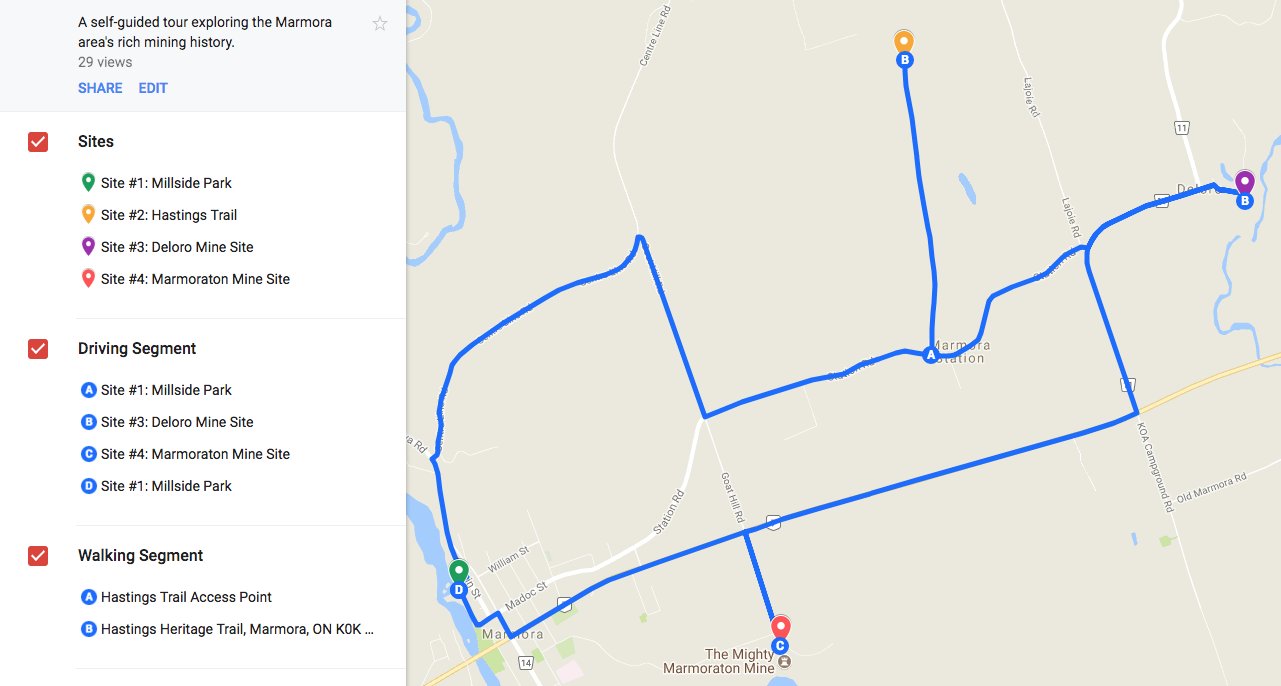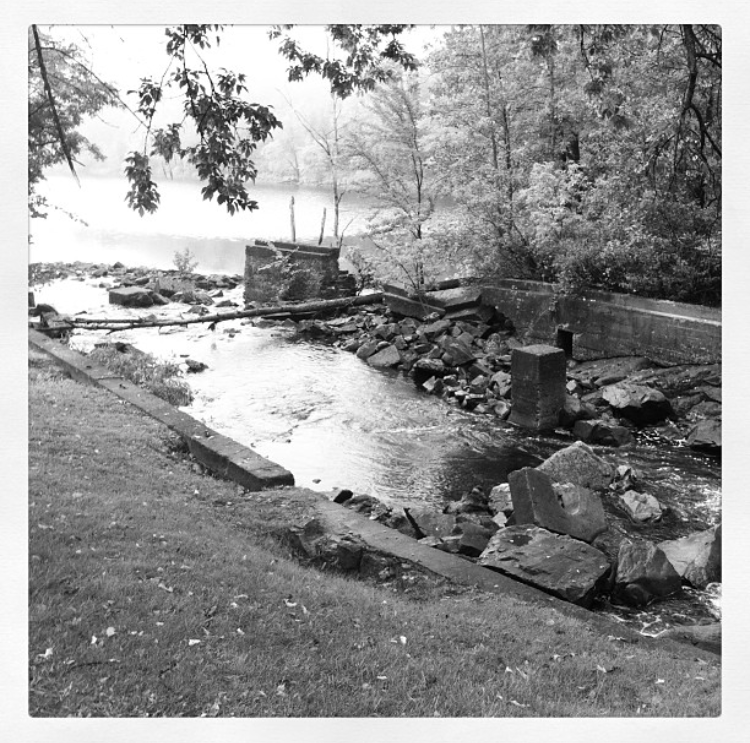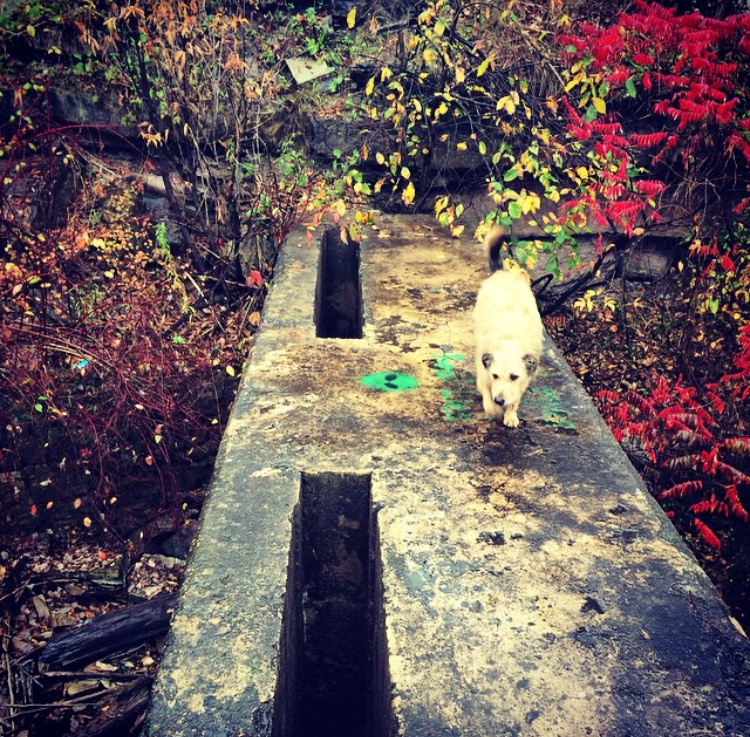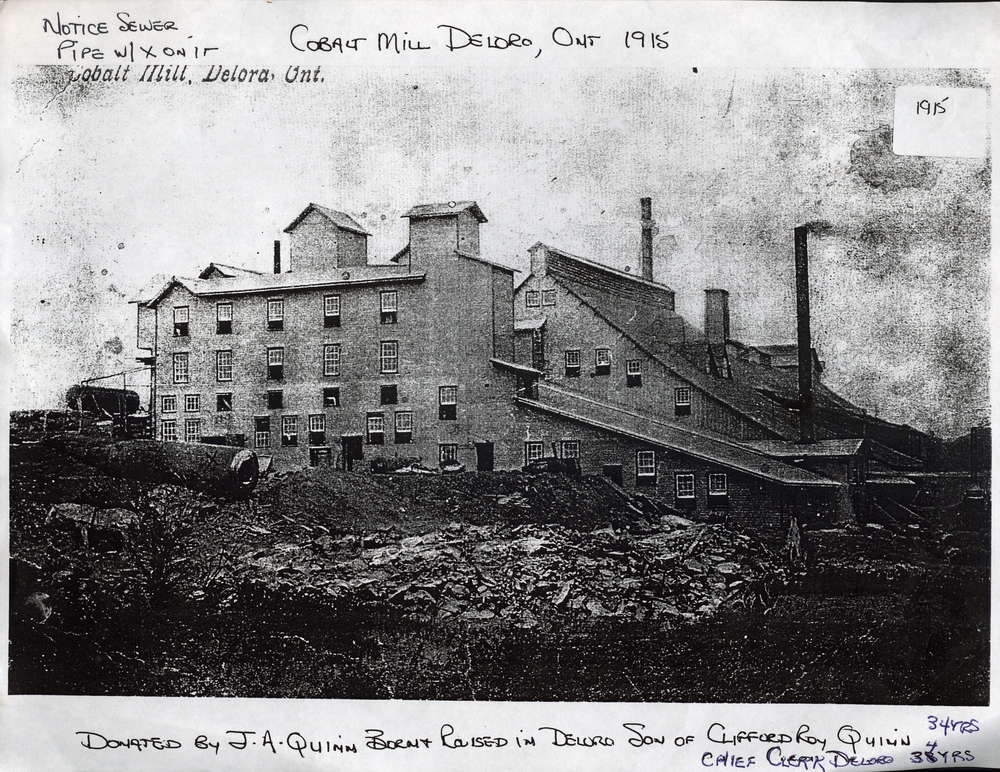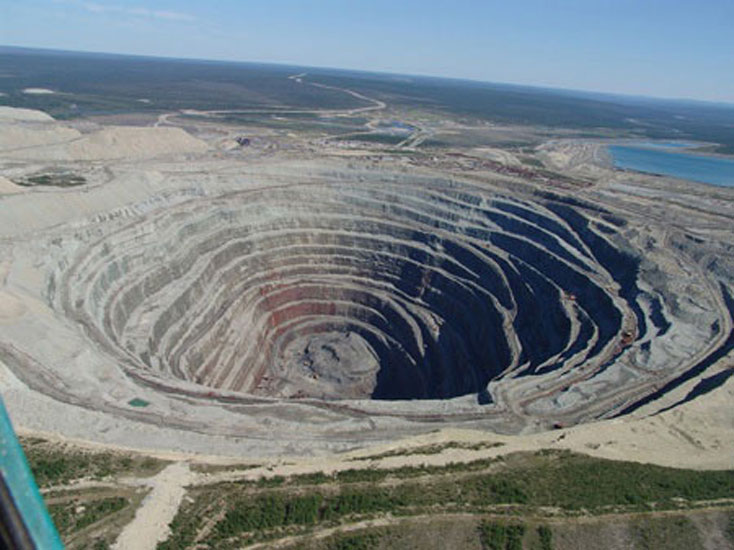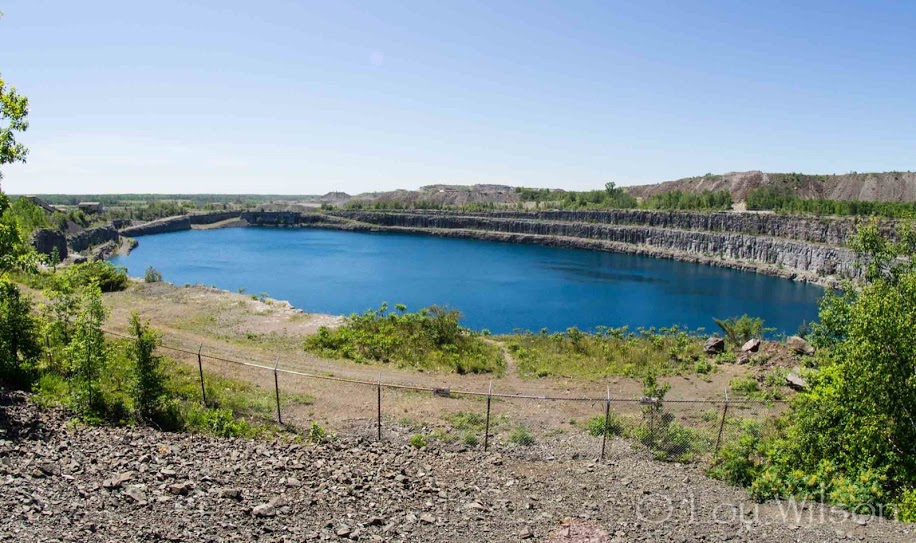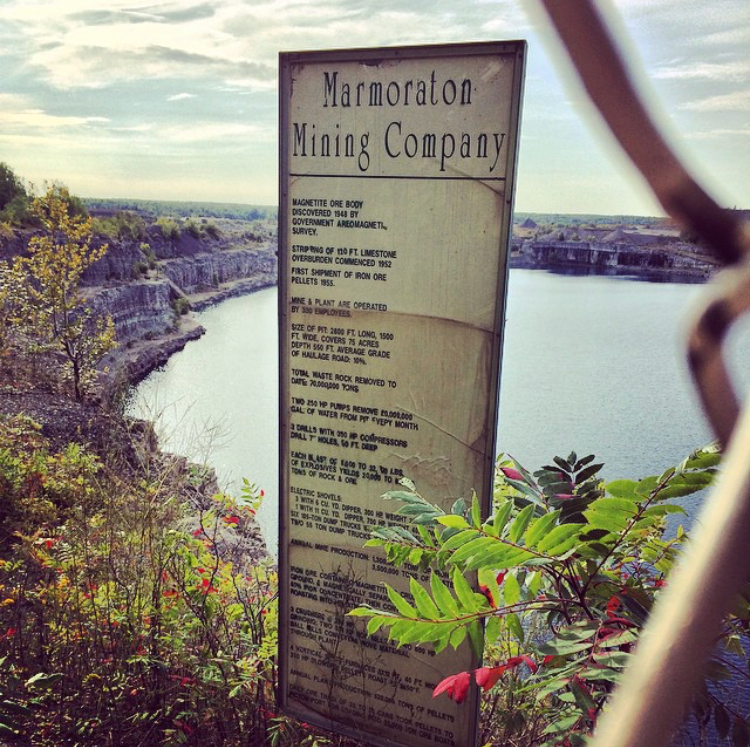Miners' Loop: Theory of the Earth
Marmora, Ontario
Site #1: Millside Park
Sedimentation: Tiny particles of calcium carbonate accumulated at the bottom of an ancient sea. Under its own weight and moderate subterranean heat, the limy mud eventually turned into limestone. Weathering and erosion caused the limestone beds to decay. Water then carried the detritus away.
How much time did this “rock cycle” take? Pioneering geologist James Hutton tried to answer this important question in 1795.
Site #2: Hastings Trail (Walking section)
Multiple Rock Cycles: 2 km north of Station Road. Horizontal limestone beds lie on top of vertically inclined crystaline limestone beds (marbles). This geological feature is called an angular unconformity. Two complete cycles of “decay and restoration of the land upon the globe” have occurred here.
How much more time did these geological processes take than that of Site #1? Pioneering geologist James Hutton answered this question in 1795: “We find no vestige of a beginning, no prospect of an end.”
Site #3: Deloro Mine Site
Subterranean Heat: Rising molten granite intruded sedimentary rocks with finger-like structures called “dykes and sills.” Hot aqueous fluids circulated through delaminated rocks and deposited gold along with arsenopyrite in structurally controlled quartz veins.
Geologist James Hutton correctly reasoned, in 1795, that intruding granites such as these must be younger than the sediments and was molten at the time of intrusion. The granites are also re-cycled rocks.
Site #4: Marmoraton Mine Site
Contact Alteration: Rising molten gabbro intruded marbles here. A chemical reaction took place at the contact between the marbles and the gabbro, producing a very large deposit of iron ore called magnetite. This important economic mineral deposit was buried under hundreds of feet of limestone and went undetected until the early 1950s when New York-based mining company Bethlehem Steel purchased 1,900 acres of land and began the process of removing more than 120 feet of limestone to uncover the rich iron ore underneath. The site would be mined for more than 20 years creating a huge open pit more than half a mile long and 700 feet deep.


